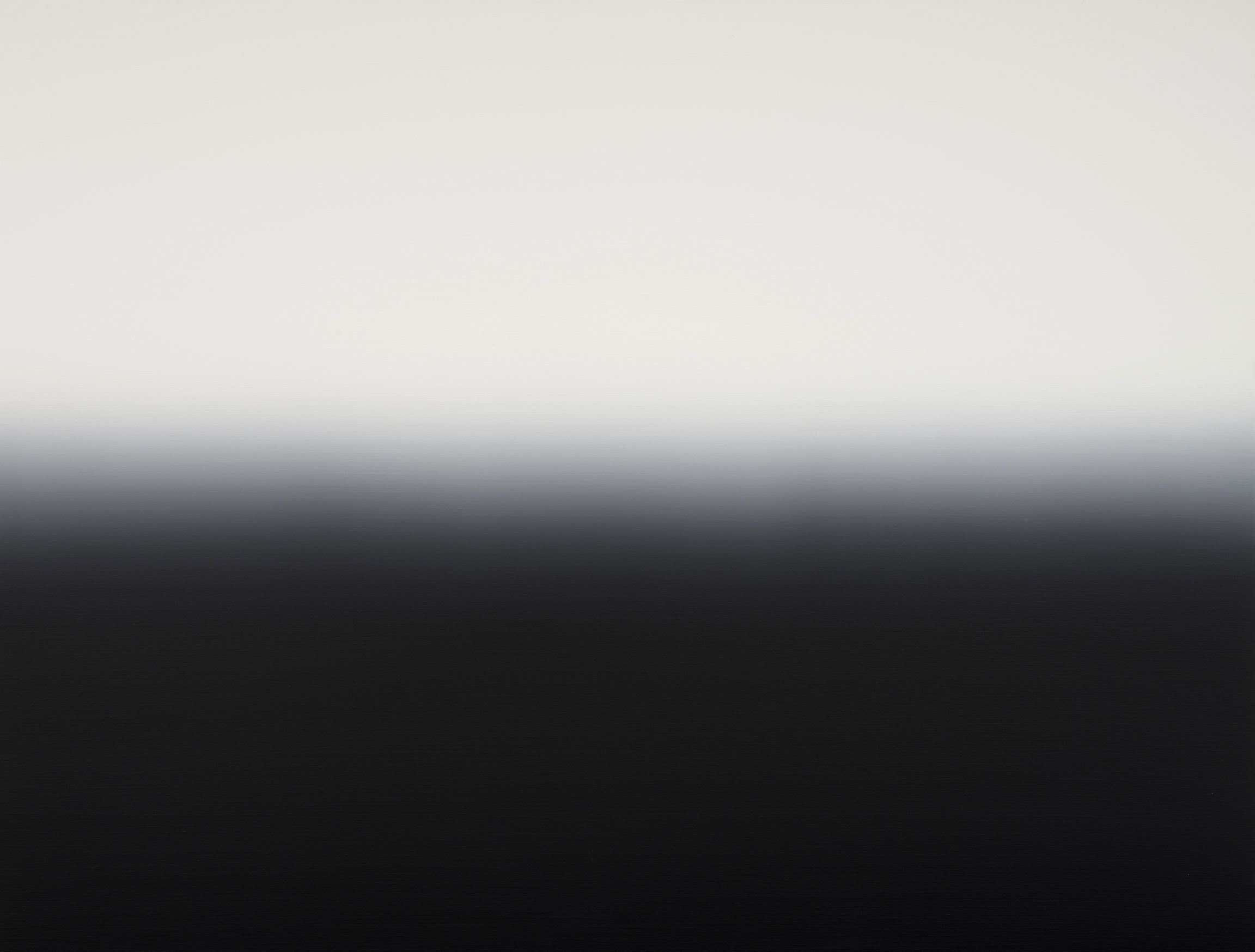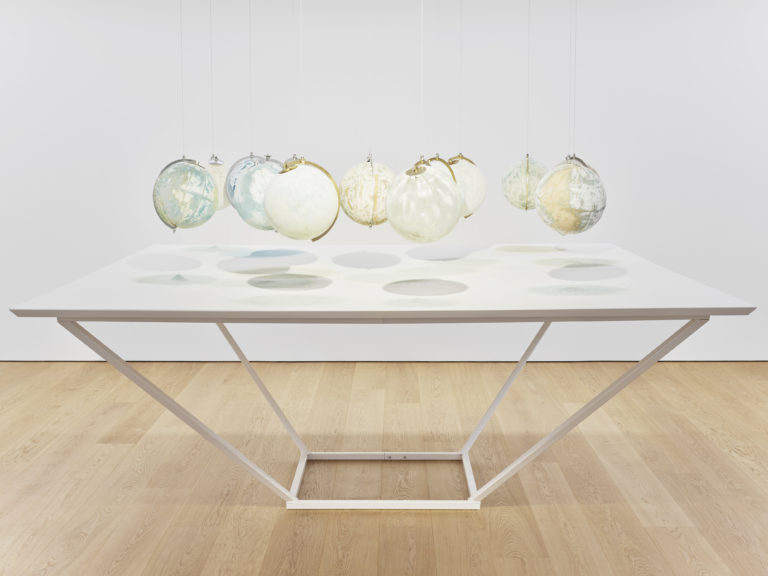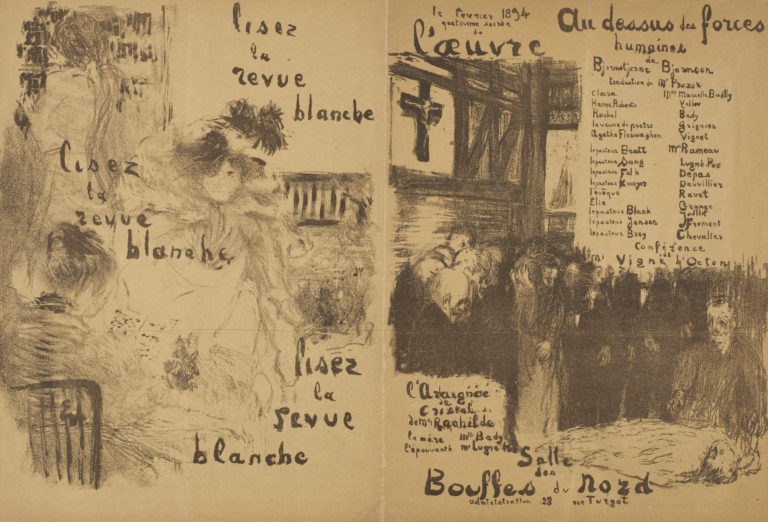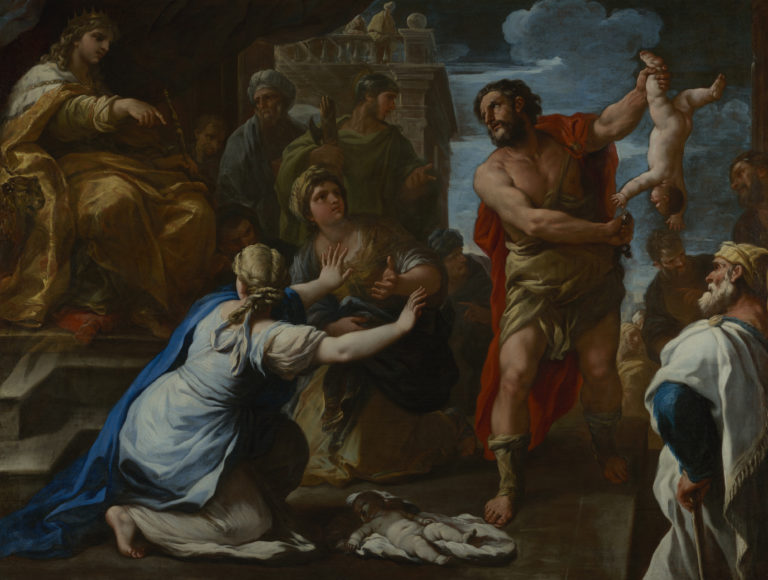Bibliography
Thomas Huber, Catherine Othenin-Girard et alii, Pierre Schwerzmann/Pierre Schwerzmann, Genève, Boabooks, 2013.
Stéphanie Bédat, Robert Ireland and Pierre Schwerzmann, Pierre Schwerzmann: travaux récents, exh. cat. Geneva, Skopia art contemporain, 2001.
Marc-Olivier Wahler, Stephan Landry, Claudio Moser, Pierre Schwerzmann, exh. cat. Lausanne, Musée cantonal des beaux-arts, 1992 (coll. Regard sur le présent).




Since the 1970s, Pierre Schwerzmann has been exploring the condition of painting as a space of perception rather than as a cultural object. At times his work has focused on the painting’s stretcher, at others on the canvas, which he has folded, torn, incised and partially left visible. He has incorporated objects into the surface of the painting, layered canvases of the same colour but different formats, and worked with mirror-paintings. These strategies, often destined to undermine the illusion of the pictorial space, all share in the same theoretical approach to the act of painting and what focusing on painting allows us to understand.
Schwerzmann has often set gradations of colour in the background of his works, enjoying the sense of distortion generated by the process. Gradations of colour open up a space in the painting thanks to the depth created by the shading of black to white, opening up a patch of light in the centre of the canvas, to the left or right, top or bottom. In some instances, the disruptive presence of a painted monochrome shape, full and flat, lies across the gradation of colour, disturbing the gaze, which finds it difficult to settle on any one point: the form is legible, while the space it rests on contradicts it. In a 2000 interview with the artist Robert Ireland, Schwerzmann explained that he saw the background of his paintings as ‘a participant in its own right that works to dilate and contract the scale of grey’. He added that ‘if it is not in colour, it is because colour would distract us from the function that I here attribute to value: producing this spatial effect, this groundswell’.
This 2010 work does not include a shape interfering with the relationship with the background; rather, it speaks with one single pictorial language. The gradual contact between black and white generates a zone of vibration and the optical illusion of an area that might equally be concave or convex, drawing the viewer in for a closer look to realise that it really is just part of the painted surface.